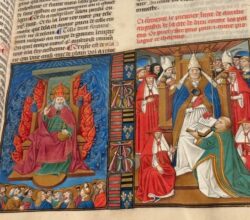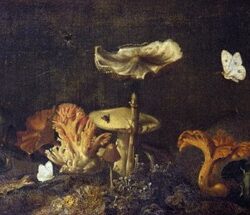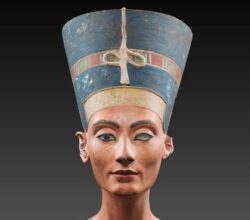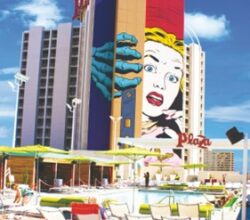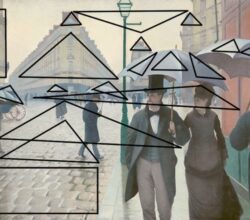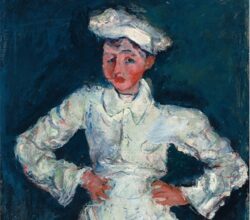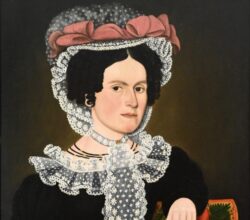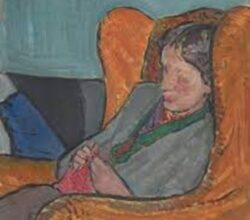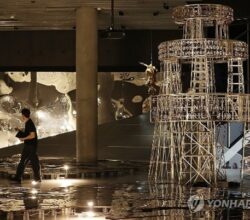
From the Hindenburg to the DMZ, contemporary artist Lee Bul’s latest exhibit explores failed utopias
Lee Jian | Korea JoongAng Daily | 1st September 2025
Bul, the eminent Korean artist, started out in performance art but as international acclaim grew she moved into sculpture, installation, and painting. The centrepiece of this retrospective is a huge Zeppelin-shaped balloon, emblematic of “failed utopian dreams”. A tall structure reflects her view that architecture is an expression of “our hopes, our vision”. Such works, she hopes will “come off as somehow familiar, accessible, [but also with] a hint of something a bit strange”. A profile of the artist is here.



